Exosome Therapy in Aesthetic Medicine
With the continuous development of regenerative medicine technology, a new wave of exosomes is blowing in the medical aesthetic industry. As a new show of regenerative medicine, exosomes play a role in diagnosing and treating malignant tumors and chronic diseases and attract attention in medical cosmetic applications. Exosomes are the "anti-aging holy grail" and "subversive innovative technology" in regenerative medicine.
What are Exosomes for Aesthetic Medicine?
Exosomes are a class of tiny vesicles 30-150nm in diameter that can transfer biomolecules such as lipids, carbohydrates, proteins, messenger RNA (mRNA), micro RNA (miRNA), and DNA from one cell to another, thereby exchanging genetic information and carrying out intercellular communication.
Exosomes, which are quite widely used in the medical field, immediately attracted a lot of attention when they entered the medical and aesthetic world. Exosomes are not only hot in functional skincare, anti-aging, and regenerative repair, but also have applications in reducing muscle age, improving skin texture, and changing skin color, as well as helping to improve hair loss.
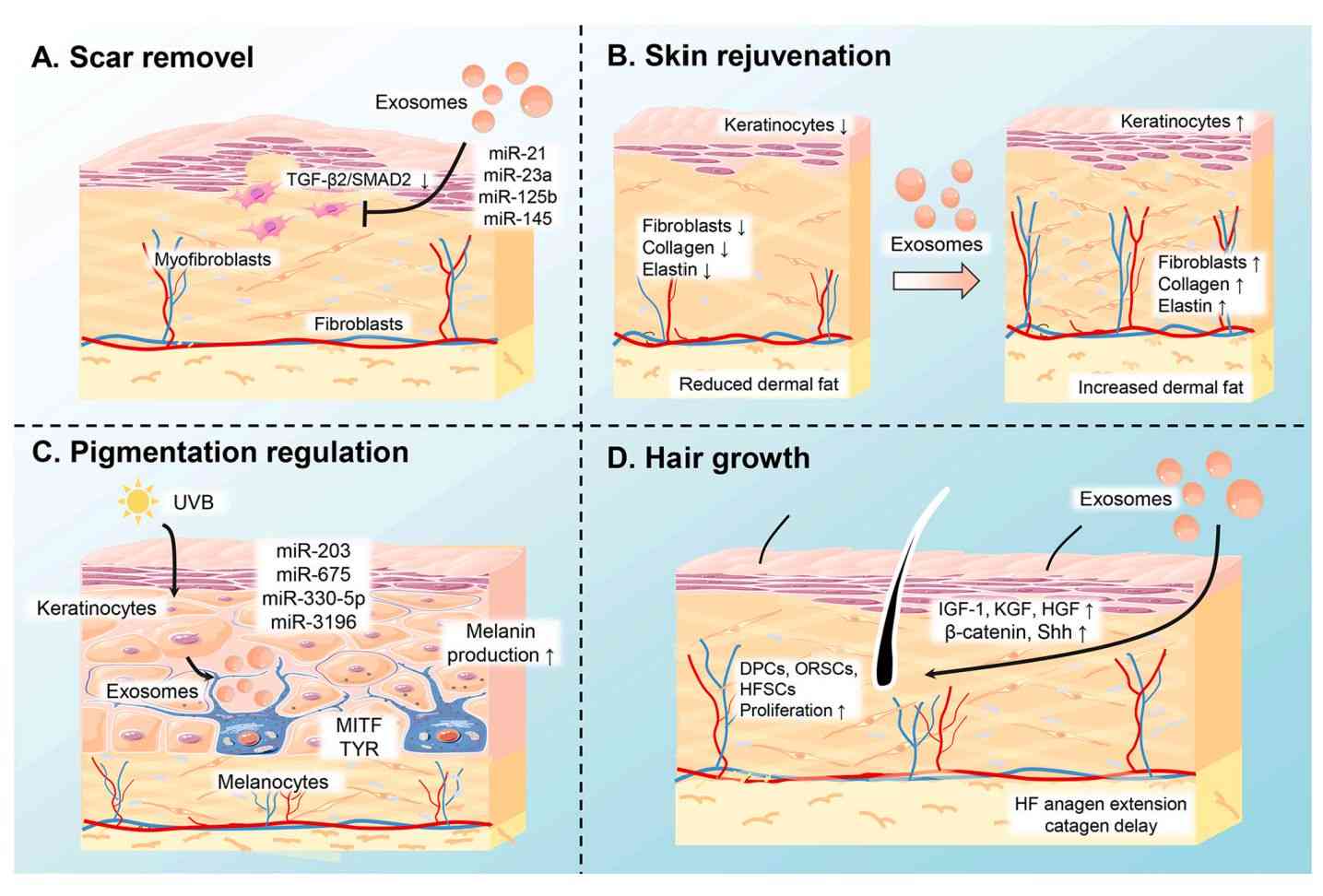 Figure 1. The mechanisms of exosomes in cutaneous aesthetic medicine. (Xiong M, et al., 2021)
Figure 1. The mechanisms of exosomes in cutaneous aesthetic medicine. (Xiong M, et al., 2021)
What is Exosome Therapy?
Exosome therapy uses exosomes, which are rich in ribonucleic acid and membrane proteins, as therapeutic drugs and are applied or introduced into the skin. Through exosome signaling and hundreds of nutrients, DNA and RNA can regulate cells, transmit signals, constantly new cells, iterative aging damaged cells, regulate the skin's ecological environment, and achieve the effect of improving skin beauty problems. At present, the mainstream exosome beauty application direction for anti-aging, whitening, sensitive repair, inflammation repair, scar repair, etc..
Medical Aesthetic Exosome Introduction Methods
Several gentle methods of exosome introduction are currently used, such as microneedling, needle rolling, electrolysis, and CO2-mediated methods. When stem cell exosomes are applied directly to the surface of the skin, most exosomes are unable to enter the target cells in the inner layers of the skin, i.e. the basal cells of the epidermis, due to the barrier effect of the surface stratum corneum. Once the skin is broken down by the mediated method, the exosomes can reach the basal cells directly and exert skincare effects.
Applications of Exosomes in Aesthetic Medicine
- Exosome Therapy in Skin Repair and Regeneration
Exosomes play a crucial role in skin repair, including promoting blood clotting, reducing inflammation, accelerating tissue remodeling, and inhibiting scar formation. Studies have found that onion exosomes have anti-inflammatory and antioxidant effects. It can prevent skin scarring. Mesenchymal stem cell exosomes (MSCs-EXOs) encapsulated miRNAs regulate macrophage M2 polarization and reduce the expression of inflammatory factors, thus controlling the inflammatory response.
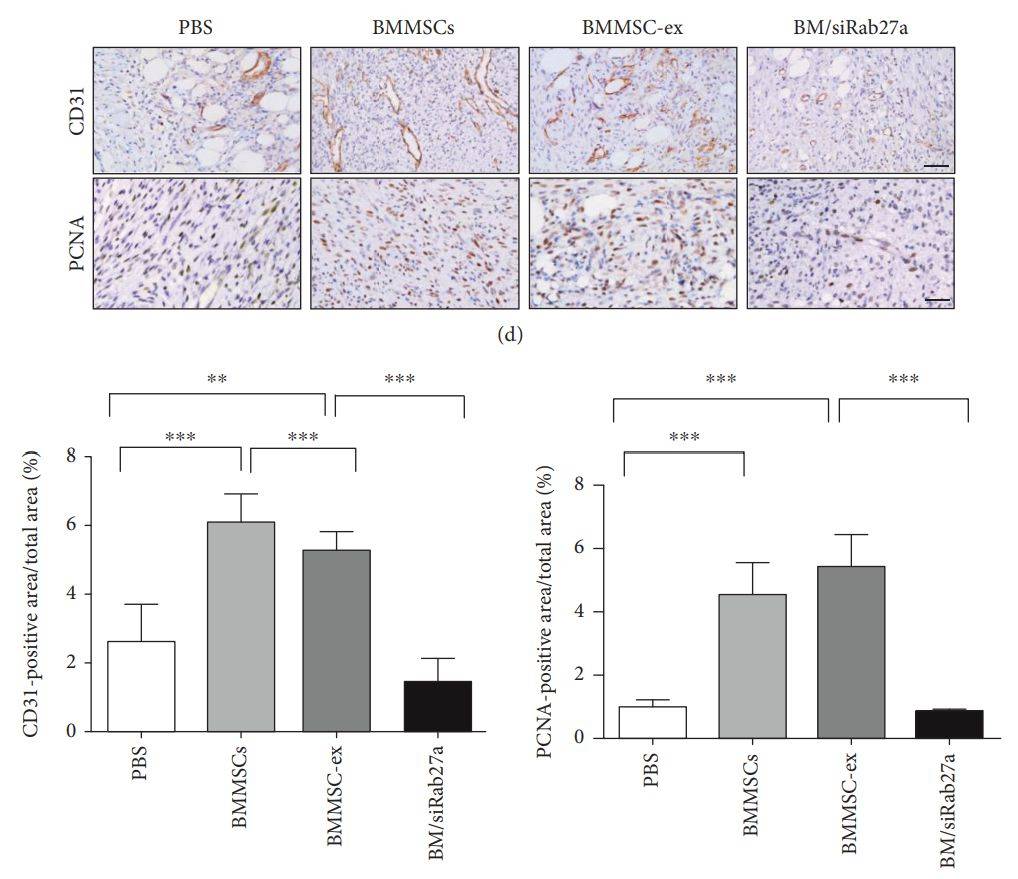 Figure 2. Utilization of MSCs-derived exosomes to promote wound healing. (He X, et al., 2019)
Figure 2. Utilization of MSCs-derived exosomes to promote wound healing. (He X, et al., 2019)
- Exosome Therapy in Wrinkle Reduction and Anti-aging
Exosomes play an important role in slowing down cellular aging. They usually contain bioactive proteins and genetic information that can inhibit the synthesis of aging factors and photoaging of skin. Studies have shown that humanized stem cell-derived exosomes (iPSC-EXO) can delay fibroblast senescence by inhibiting the synthesis of the senescence-associated factor SA-β-Gal. In addition, exosomes produced by human dermal fibroblast have anti-aging abilities and can also be used to treat and prevent the skin aging process.
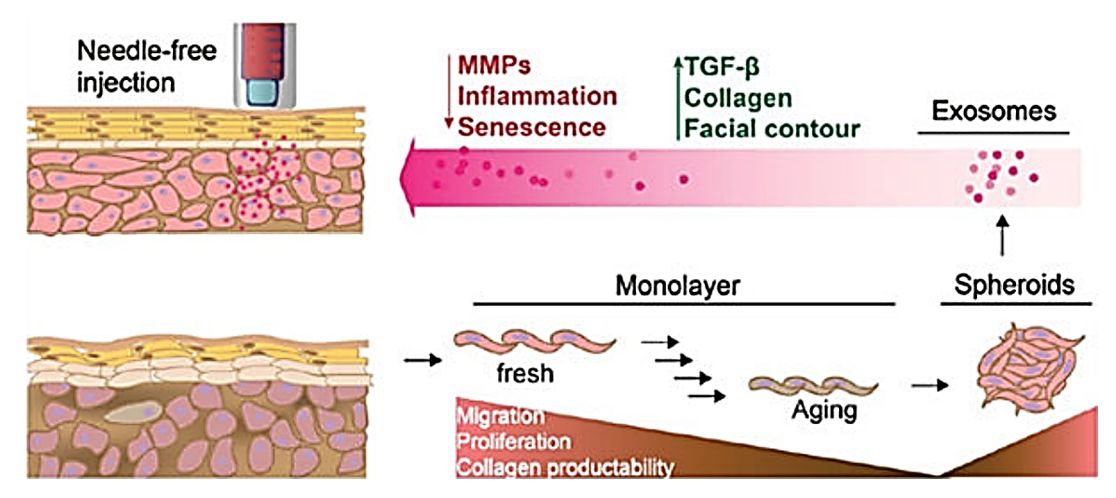 Figure 3. Human dermal fibroblast-derived exosomes for ameliorating skin photoaging. (Hu S, et al., 2019)
Figure 3. Human dermal fibroblast-derived exosomes for ameliorating skin photoaging. (Hu S, et al., 2019)
- Exosome Therapy in Whitening and Spot Lightening
Inhibiting melanin formation is one of the main methods of whitening. Exosomes reduce hyperpigmentation by inhibiting melanin production. Studies have shown that miRNAs in human amniotic stem cell-derived exosomes inhibit melanogenesis by reducing MITF expression, thereby promoting melanosome degradation. miR-2478 in milk exosomes acts as a regulator of melanogenesis and inhibits melanin formation.
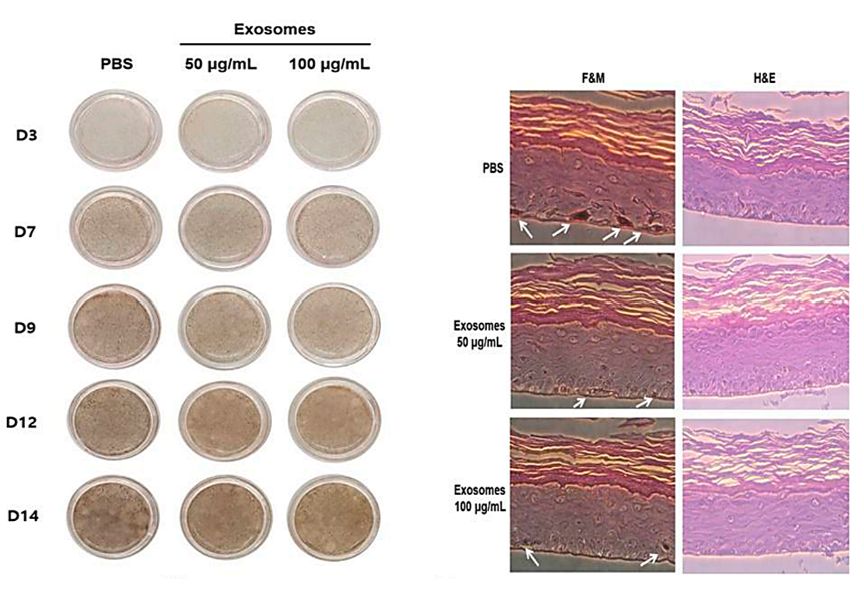 Figure 4. Milk exosomes reduce melanogenesis in mouse cells. (Bae IS, Kim SH., et al., 2021)
Figure 4. Milk exosomes reduce melanogenesis in mouse cells. (Bae IS, Kim SH., et al., 2021)
- Exosome Therapy in Hair Repair and Regeneration
Dermal papilla cells (DPC) play an important role in regulating hair growth. Exosomes can induce hair follicle regeneration by promoting the proliferation of DPCs, thereby inhibiting hair loss. Studies have shown that DPCs-Exos affect the hair follicle signaling pathway through the miRNAs they carry, down-regulate the relevant hair follicle inhibitory signaling proteins, and promote the proliferation of hair follicle stem cells and hair follicle regeneration. ADSC-Exos significantly promotes the proliferation and migration of DPCs, which has a positive effect on the regeneration of hair follicles.
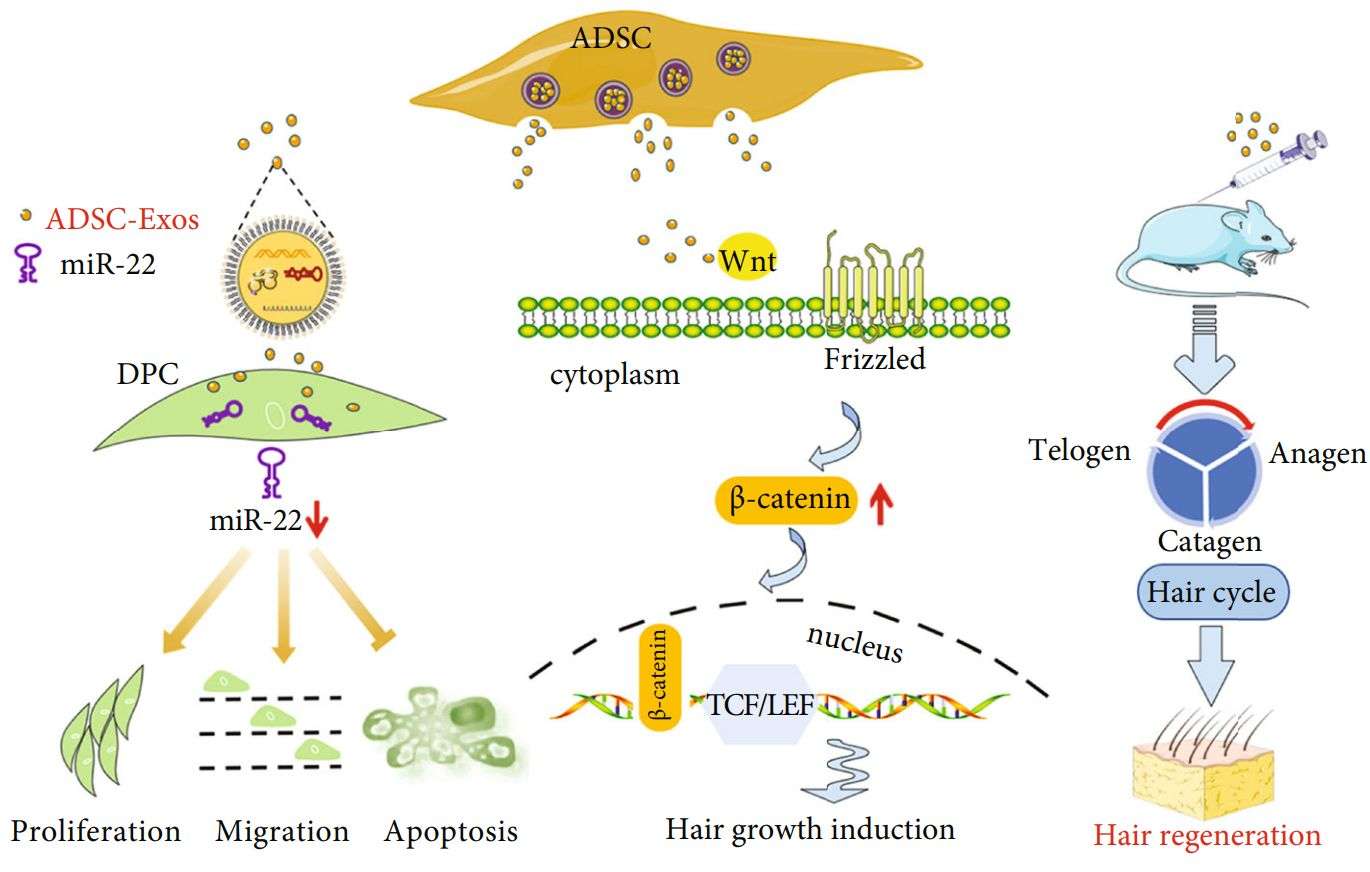 Figure 5. ADSC-Exos promoted DPC proliferation, migration, and inhibition of apoptosis. (Li Y, et al., 2022)
Figure 5. ADSC-Exos promoted DPC proliferation, migration, and inhibition of apoptosis. (Li Y, et al., 2022)
Today We Offer
- Fully validated, high-quality exosomes, including exosomes isolated from plants, exosomes isolated from stem cell lines, and exosomes isolated from general cell lines.
- Exosome services, including exosome cargo loading and target modification services.
- Exosome isolation, characterization, and proteomics analysis services.
| Cat No. | Product Name | Source |
| Exo-SC01 | HQExo™ Exosome-PCS-500-011 | Exosome derived from human pre-adipose derived mesenchymal stem cell (PCS-500-011) |
| Exo-SC03 | HQExo™ Exosome-hTERT | Exosome derived from hTERT-immortalized Mesenchymal Stem Cell |
| Exo-SC04 | HQExo™ Exosome-MSC | Exosome derived from Xeno-Free Human Mesenchymal Stem/Stromal Cells and Media |
| Exo-SC02-1 | HQExo™ Exosome-PCS-500-012 | Exosome derived from human bone marrow-derived mesenchymal stem cell line (PCS-500-012) |
| Exo-SC02-2 | HQExo™ Exosome-Pla-MSC | Exosome derived from human placental derived mesenchymal stem cell |
| PNE-FLA19 | PNExo™ Exosome-Azalea | Exosome derived from Azalea |
| PNE-FLM21 | PNExo™ Exosome-Morning glory | Exosome derived from Morning glory |
| PNE-FLA31 | PNExo™ Exosome-Amaryllis | Exosome derived from Amaryllis |
| PNE-FB34 | PNExo™ Exosome-Blueberry | Exosome derived from Blueberry |
| PNE-FB42 | PNExo™ Exosome-Banana | Exosome derived from Banana |
| PNE-FG69 | PNExo™ Exosome-Green Plum | Exosome derived from Green Plum |
| PNE-VL17 | PNExo™ Exosome-Lettuce | Exosome derived from Lettuce |
| PNE-VB13 | PNExo™ Exosome-Broccoli | Exosome derived from Broccoli |
| PNE-VC15 | PNExo™ Exosome-Cabbage | Exosome derived from Cabbage |
| Explore All Exosome Products | ||
In recent years, the application of exosomes in the field of aesthetic medicine has become more and more widespread. Under the trend of market demand for anti-aging and regeneration, the technology of exosome extraction and development of products is gradually maturing.
Creative Biostructure's team of scientists has specialized knowledge and technology to provide comprehensive exosome and related services to help clients develop exosome-based medical aesthetic products. If you have exosome research needs, please feel free to contact us for details.
References
- Xiong M, et al. The novel mechanisms and applications of exosomes in dermatology and cutaneous medical aesthetics. Pharmacol Res. 2021. 166: 105490.
- He X, et al. MSC-Derived Exosome Promotes M2 Polarization and Enhances Cutaneous Wound Healing. Stem Cells Int. 2019. 2019: 7132708.
- Hu S, et al. Needle-Free Injection of Exosomes Derived from Human Dermal Fibroblast Spheroids Ameliorates Skin Photoaging. ACS Nano. 2019. 13(10): 11273-11282.
- Bae IS, Kim SH. Milk Exosome-Derived MicroRNA-2478 Suppresses Melanogenesis through the Akt-GSK3β Pathway. Cells. 2021. 10(11): 2848.
- Li Y, et al. Exosomes Secreted from Adipose-Derived Stem Cells Are a Potential Treatment Agent for Immune-Mediated Alopecia. J Immunol Res. 2022. 2022: 7471246.
